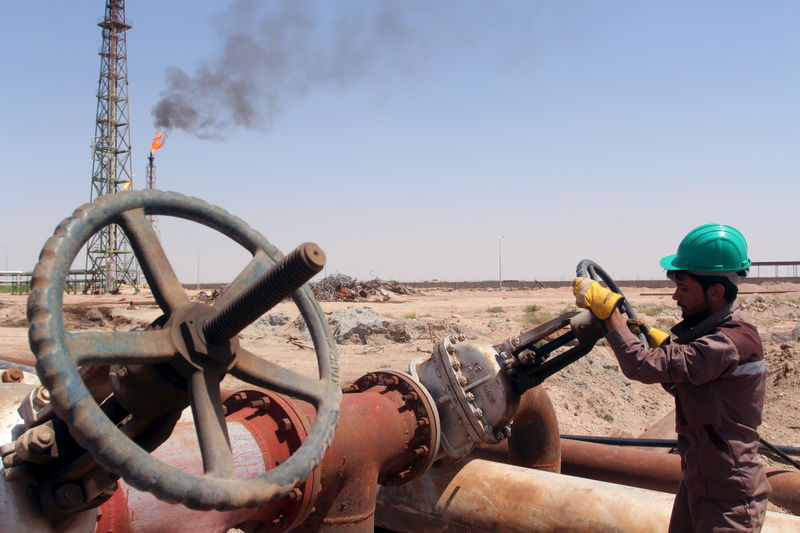Investing.com - Oil prices rallied in European trade on Monday, as renewed hopes for an agreement among exporters to freeze output underpinned the market, although a persistent global oversupply kept gains in check.
Several OPEC members want to revive the idea of setting new limits on oil production this fall in an effort to stabilize the market, according to people familiar with the matter.
However, Russian Energy Minister Alexander Novak said earlier that he sees no grounds for new talks on freezing production yet, but is open to negotiations.
An attempt to jointly freeze production levels earlier this year failed due to Iran's refusal to take part of the initiative.
On the ICE Futures Exchange in London, Brent oil for October delivery rose to an intraday peak of $44.86, the most since July 27. It was last at $44.73 by 07:59GMT, or 3:59AM ET, up 47 cents, or 1.06%.
London-traded Brent futures are down almost 15% since peaking at $52.80 in early June, as prospects of increased exports from Middle Eastern and North African producers, such as Iraq, Nigeria and Libya, added to concerns that a glut of oil products will cut demand for crude by refiners.
Elsewhere, crude oil for September delivery on the New York Mercantile Exchange jumped 50 cents, or 1.2%, to trade at $42.30 a barrel, a level not seen since July 27.
New York-traded oil shed 13 cents, or 0.31%, on Friday after a report showed the number of U.S. oil rigs rose for a sixth straight week, underlining worries about a global glut of crude.
According to oilfield services provider Baker Hughes, the number of rigs drilling for oil in the U.S. last week increased by seven to 381, the sixth consecutive weekly rise and the ninth increase in 10 weeks.
WTI crude futures are nearly 19% lower from their 2016 highs above $50 a barrel scaled in early June, as signs of an ongoing recovery in U.S. drilling activity combined with growing gasoline stockpiles weighed.
According to market experts, elevated stocks of fuel products amid slowing global demand growth is expected to keep prices under further pressure in the near-term.
